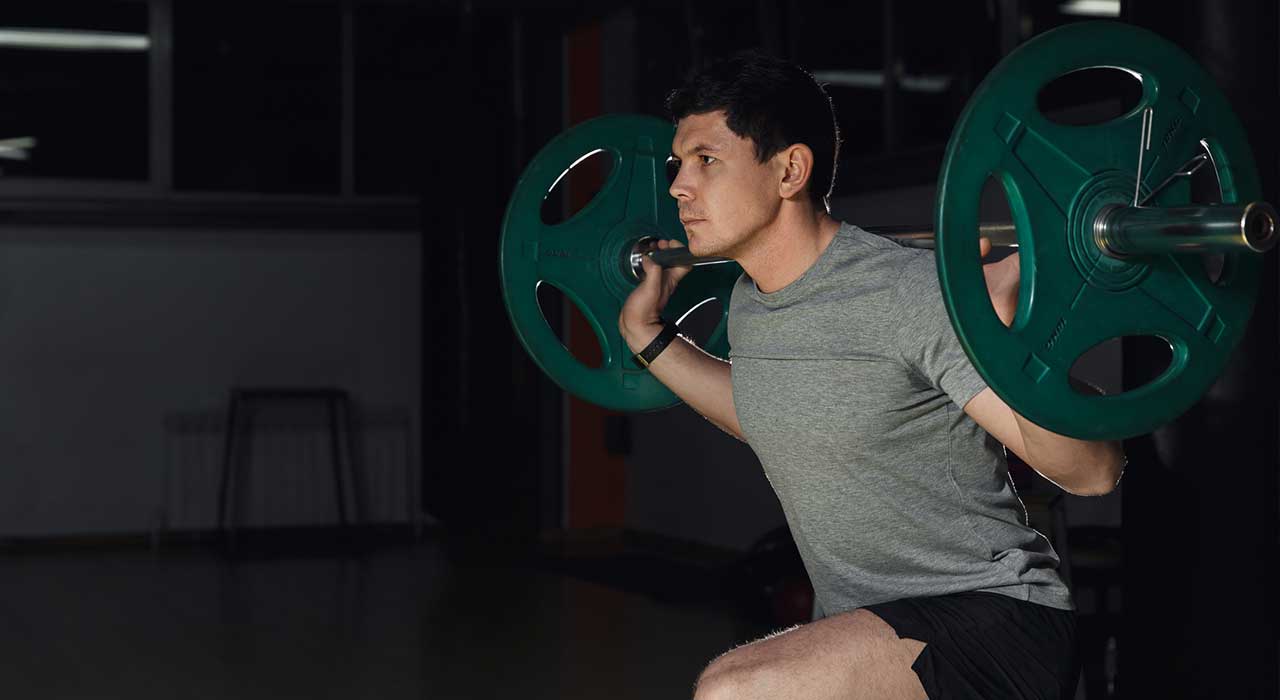Developing muscle hypertrophy is the single most important goal for every bodybuilder. However, to obtain real size most athletes rely on high-volume training, while worrying they might over exercise to the point of losing mass. So the real question is: what would it really take to push someone over the edge?
Firstly, we need to clarify that there is a clear difference between overreaching and overtraining. Overreaching is a short-term decline in performance that can be recovered from in several days. Overtraining occurs when it takes months to recover. This is an extremely rare occurrence when consuming adequate nutrition.
Further, unlike overtraining, which is a negative, overreaching can actually be advantageous if utilized properly in a training split. In this article, we’ll take you through the science of this manipulation process. The end result will be more mass and strength in the long run and less worrying about training too hard.
Unfounded fears
The two most prominently discussed causes of overtraining are exercise frequency and volume. One of the old-school myths in bodybuilding is that it is enough to train each body part once or twice a week for fear any more will result in ‘going catabolic.’
What needs to be understood is that studies show the complete opposite. In fact, Dr T Raastad recently took elite strength athletes who were training the squat, deadlift and bench press three times per week and decided to turn up the training frequency to six days per week.
Right now many of your overtraining alarms are probably going off, however, they found that both strength and hypertrophy skyrocketed. In fact, many elite athletes, such as the legendary Bulgarian national teams, have been training three to four times a day for decades.
Frequency is important because training increases protein synthesis. In well-trained athletes, this response only lasts 16–24 hours. Thus, if you blast each body part once a week you are only really elevating protein synthesis for 24 hours. But why stop there? Would you rather allow for growth for three times per week or only once? The choice should be pretty clear.
Volume
The next issue is volume, which refers to the number of sets performed during training. There are two schools of thought on this. The first is that all the body needs is one hard set, performed to failure. The second is that a generally higher-volume, or multiple-sets approach, is more beneficial.
Recently, Dr D W Robbins studied volume among the bodybuilding community and asked three study groups to perform three, 12, or 24 sets of squats per week. And guess what? He found that the more sets someone performed, the greater the gains.
Overreaching
The final subject is a purposeful overreaching cycle. This occurs when you combine high-volume and inadequate rest with the intent of incorporating each workout into one giant training stimulus.
For example, if your legs are lagging behind then you might train them for five days straight. After that you would return to normal training frequencies but lower your sets by about 40% to allow your body to recover.
This is known as a taper and usually lasts for one to two weeks. It’s important to understand that this should only be done with proper supplementation and protein intake.
In a recent study at the University of Tampa, Florida, bodybuilders lifted a total of almost 200,000lb per week. When they supplemented with anti-catabolic agents, such as HMB, their gains skyrocketed after tapering. When not supplementing properly they declined in strength, and didn’t fully recover following the taper.
Thus, high-frequency, high-volume training is a tool that should only be used in the presence of proper nutrition, supplementation and rest.
Summary
While many bodybuilders fear overtraining, they should realize that this is a very unlikely occurrence when nutrition and supplementation are adequate.
Bodybuilders should start by manipulating training frequency before volume, and then progress further by elevating total volume.
So let’s say you are presently training 18 sets for legs each Monday. You can start by increasing frequency to three six-set workouts per week. This would result in greater overall protein synthesis.
Once you have adapted to training more frequently then each session can be increased in volume. For example, you might have one high-volume 16-set workout, one heavy six-set workout and one moderate 12-set workout.
Finally, when social and psychological stress is low, and you can plan your life around training, incorporate a purposeful overreaching cycle, where you increase frequency to five to six days per week. Afterwards, taper for one to two weeks.
Find training advice and more in every issue of TRAIN magazine.







